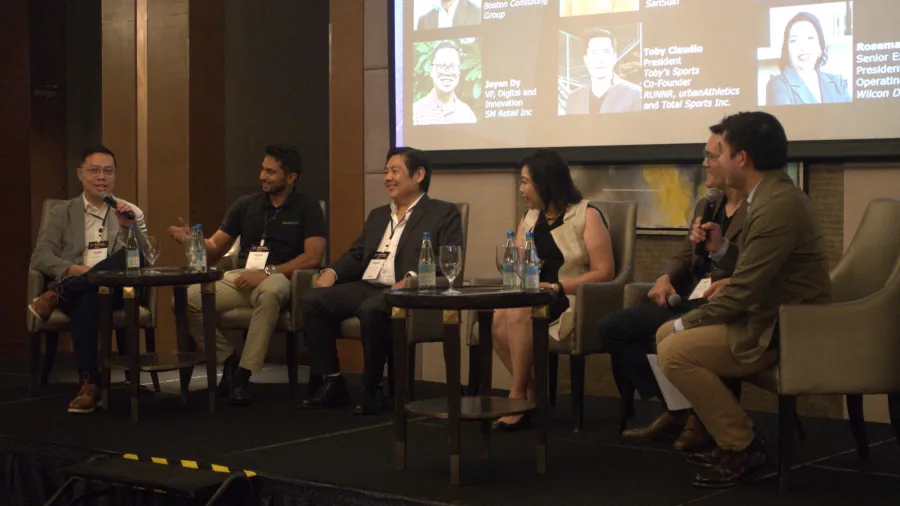
Philippine retailers told to boost omnichannel space
Shoppers want a seamless experience, whether browsing in-store or shopping online.
Philippine retailers should set up a strong omnichannel network, with many shoppers choosing to go online to compare prices before buying a product in-store, industry players said at the recent Retail Asia Forum in Manila.
Industry leaders including Rosemarie Bosch Ong, senior executive vice president and chief operating officer at Wilcon Depot Inc., Jayan Dy, vice president of digital and innovation at SM Retail, Robert Go, CEO at Prince Retail Group of Companies, Toby Claudio, president at Toby’s Sport, and Pavan Powar, director of online retail at SariSuki, all agreed that omnichannel is the way to go.
Filipino customers appear to jump from one Wilcon branch to another, already knowing what to buy after checking their online catalogue, Ong told a panel discussion.
“People browse online before they come to the store,” she said. “We've learned that people browsing before coming to the store greatly enhances the chance they'll buy something in-store. And we get a lot of hits from community groups, like Home Buddies and Viber groups.”
“You'd see a bamboo bed suddenly selling out the next day, just because somebody posted it online. So we've learned to adjust to the 24/7 cycle, engaging customers before and after the store closes,” she added.
Filipino shoppers are no longer satisfied with just good products; they want a complete and seamless experience, whether browsing in-store or shopping online, according to Direc Business Technologies, Inc. Retailers who fail to meet these expectations risk losing out to rivals with a solid omnichannel support base and who can expect a 30% rise in sales, it said.
Jayan Dy, vice president of Digital and Innovation at SM Retail, said they get detailed data insights from online city shoppers, letting them quickly meet demand.
“A specific example is when we noticed an increase in demand for cranberry bread in a particular urban area,” he said. “Upon checking, even offline sales matched that trend.”
On the other hand, shoppers from the countryside tend to be influenced more by prices regardless of the retail channel, Prince Retail CEO Robert Go said. “If they have the money, they will go for premium products, but mostly, they choose lower quality and lower-priced items.”
He noted that when they started to transition online before the global COVID-19 pandemic, there were more visitors from urban than rural areas.
“We had to go from house to house to teach them how to use their cell phones if they had online access, or go to Piso Wi-Fi and teach them how to order, especially at the sari-sari (mom-and-pop) stores,” he added.
Dy noted that even if online adoption among shoppers in the provinces is slow, they tend to keep up in the end. Retailers should therefore not overlook them, she added.
For his part, Claudio said Toby’s avoided e-commerce platforms when they started to transition online, focusing on their own system instead. “Now, it is paying off as our consumers are accustomed to shopping online using our platform and the in-store journey is becoming increasingly connected.”
In contrast to Toby’s, online grocery platform SariSuki started on other e-commerce platforms to test the market before investing in their own app. “These marketplaces help reach a broad customer base initially, but now we are focused on transitioning customers to our site for a more personalised experience,” Powar said.

















 Advertise
Advertise





